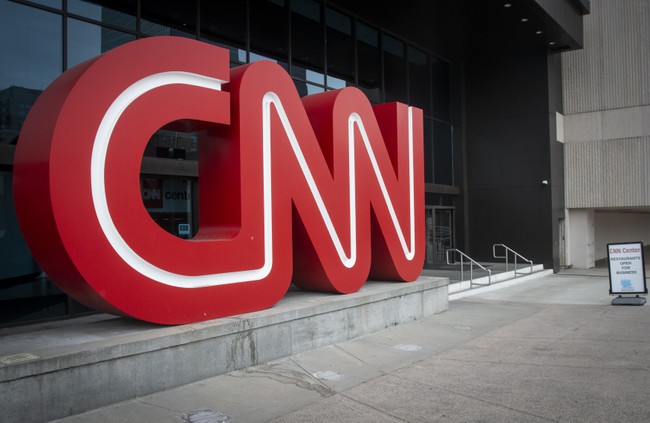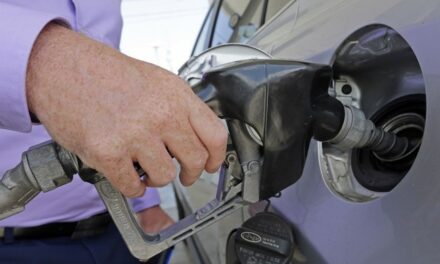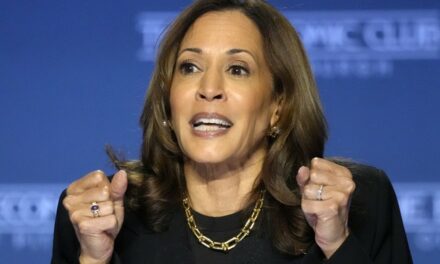We support our Publishers and Content Creators. You can view this story on their website by CLICKING HERE.

Election Day is now one day away, and there is no shortage of polls and projections out there to be picked apart. This year seems to be an anomaly because many pollsters and experts seem unwilling to make a prediction aside from “it’s going to be close” and “it’s a coin flip.”
Advertisement
Case in point: CNN’s Harry Enten, whose analysis I’ve cited frequently here at PJ Media, is saying that based on CNN’s read of the polls, this will turn out to be the closest election in history in the Electoral College.
Enten said that “if you put the polls to the electoral map, Kamala Harris carries these Great Lake battleground states despite losing all of the Sunbelt battleground states,” bringing her to a razor-thin 270 electoral votes — exactly the number needed to win — with Trump coming up with 268 electoral votes.
Enten notes that this outcome would be “as tight as it can possibly be,” even closer than the famously contentious 2000 election, when Al Gore was projected to receive 281 electoral votes. But George W. Bush ultimately won following a prolonged ballot over ballots and recounts. Enten underscored the historic closeness, adding, “It is the tightest that the polls have ever been projected on the electoral map… since 1972.”
I have no idea how where Enten’s aggregate came from. The numbers he cites don’t reflect the RealClearPolitics average, and CNN’s latest poll had Trump and Kamala tied in Pennsylvania.
Advertisement
Regardless of how Enten achieved these numbers, the projection is a virtual tie that even he concedes could go either way, as one candidate could still win by a significant margin, stating, “If you were basically to model this out, as a bunch of folks do, will the 2024 winner get 300 plus electoral votes? A majority chance of, yes, they will get at least 300 electoral votes.”
How can a race appear so close but still leave room for an electoral blowout? Enten explains this possibility, attributing it to the average polling error: “If you look back at swing state polling averages since 1972, the average error in the swing states is 3.4 points.” With battleground states all within this margin, any error that consistently benefits one candidate could reshape the election map entirely.
“If the margin of error benefits Kamala Harris,” Enten says, she could pull ahead in both Great Lakes and Sunbelt states, potentially claiming “up to 319 electoral votes, a huge big blowout by today’s standards.” Conversely, if the polling error favors Trump, Enten says that he could flip the Great Lakes region along with Southern battleground states, and then Trump gets “up to 312 electoral votes.”
Advertisement
Related: What Will Happen in Wisconsin on Election Day?
“The bottom line is this,” Enten said. “I’ve been coming to you day after day after day with numbers, the only takeaway at this point: it’s historically tight, but, basically, any scenario is on the table.”
Well it’s official: the final polls of 2024 project out an electoral map that is the closest since at least 1972 with the leader (Harris) getting 270 electoral votes.
The polls were tight at the end of 2000 too, but final map projected by the final polls was Gore at 281 votes. pic.twitter.com/FsHn1mQADf
— (((Harry Enten))) (@ForecasterEnten) November 4, 2024
The shorter version of Enten’s analysis is that he has no idea who is going to win. So get out there and vote.

 Conservative
Conservative  Search
Search Trending
Trending Current News
Current News 







